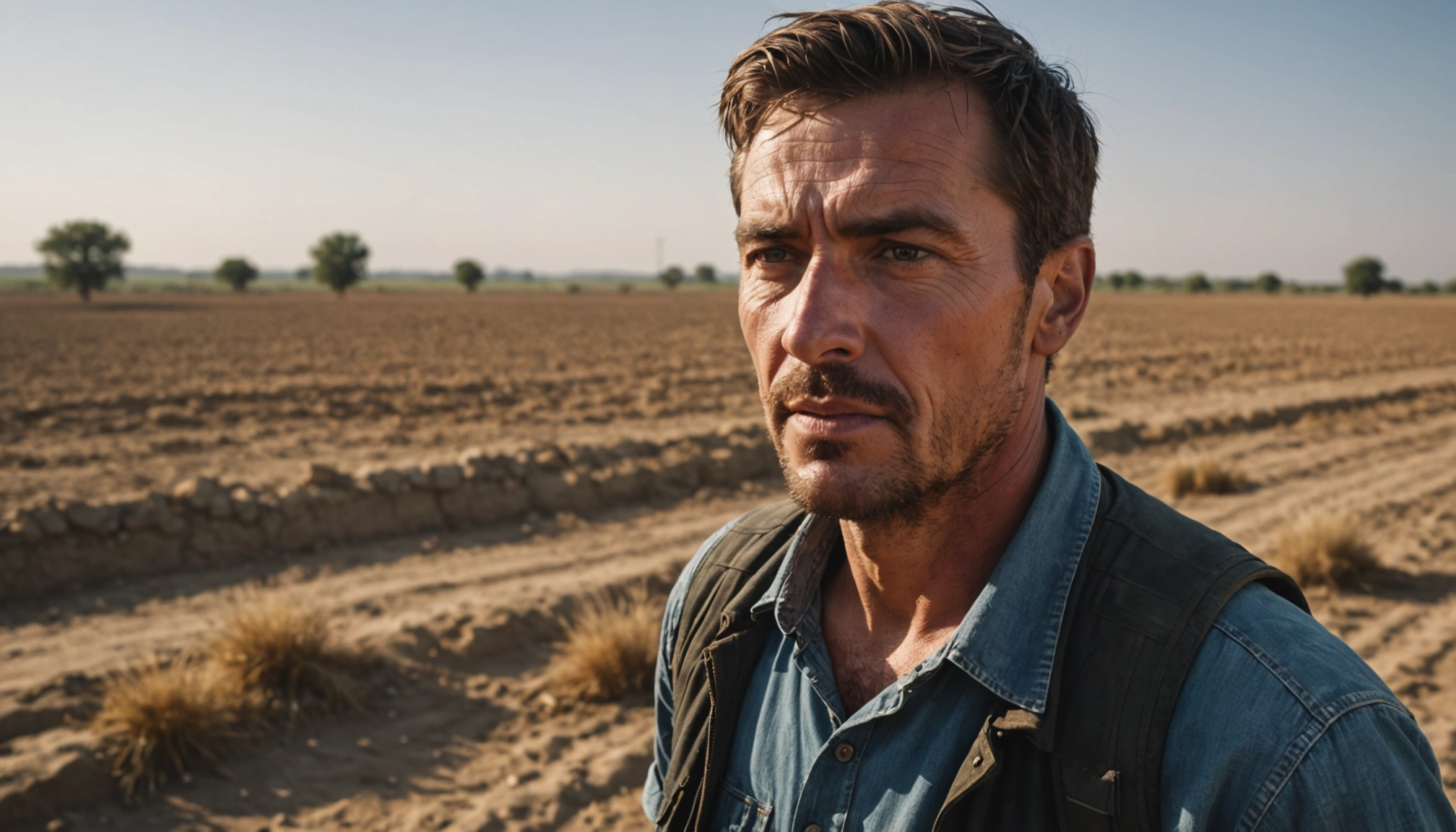Europe Grapples with Intensifying Droughts: A Continent Seeks Solutions

Europe is facing a growing crisis as drought conditions intensify across the continent, threatening agriculture, ecosystems, and vital transport routes. Unusually warm weather and low rainfall have led to depleted soil moisture, reduced river flows, and increasing hydrological stress in many regions. As the situation worsens, the European Union and its member states are scrambling to implement strategies to mitigate the impacts and build long-term resilience.
The Growing Threat of Drought
Droughts are becoming more frequent and severe in Europe, driven by climate change. The European Commission's Joint Research Centre (JRC) reported in May 2025 that central, eastern, and southeastern Europe, along with the eastern Mediterranean, are experiencing warning-level drought conditions. Northern and Western Europe are also showing signs of similar stress, with weather models predicting drier-than-usual conditions to persist.
The consequences of these droughts are far-reaching. Agriculture is particularly vulnerable, with potential risks to crop yields and the global grain market. Ecosystems are also under threat, as reduced soil moisture and plant water stress affect biodiversity and increase the risk of forest fires. Key transport routes, such as rivers, are experiencing reduced flows, impacting industries that rely on them.
The economic impact of droughts is substantial. Average annual economic losses in the EU are estimated at €8.36 billion and are projected to rise to €60.2 billion with unmitigated global warming of 4°C. These figures do not account for non-monetized impacts on ecosystems and well-being. The drought in 2022 was estimated as the worst in 500 years meteorologically, affecting one-third of Europe and causing severe socio-economic impacts on agriculture, energy production, and river transport.
EU Initiatives and Strategies
The European Union is responding to the drought crisis with a range of initiatives and strategies aimed at improving water management, enhancing resilience, and mitigating the impacts of drought.
The EU Water Framework Directive (WFD), adopted in 2000, provides a framework for sustainable water use through the long-term protection of available water resources and the mitigation of the effects of droughts. EU countries implement integrated river basin management through River Basin Management Plans (RBMPs) required by the Directive, and some have adopted Drought Management Plans (DMPs) for vulnerable river basins.
In 2007, the European Commission issued a Communication addressing the challenge of water scarcity and droughts in the EU, identifying drought management plans as one of the main policy instruments to combat droughts. The Commission also launched the development of a European Drought Observatory (EDO) to enhance knowledge about drought issues and act as an early warning system for Europe.
More recently, the EU launched a Water Resilience Strategy to enhance EU-wide water management for improved water security and disaster preparedness. The Strategy proposes measures to restore and protect the water cycle, secure clean and affordable water for all, and create a sustainable, resilient, smart, and competitive water economy.
Flagship actions in the Strategy include updating the Critical Entities Resilience Directive and working closely with NATO to protect critical water infrastructure. Actions also include measures to strengthen the EU's solidarity toolbox and real-time and early warning systems for floods and droughts through the European Drought Observatory and the European Flood Awareness System.
The European Investment Bank will also launch a new Water Programme and Sustainable Water Advisory Facility, in cooperation with the Commission, and make over €15 billion available during 2025-2027. Investment projects will focus on infrastructure, nature-based solutions, and pollution control.
National and Regional Responses
While the EU provides a framework for addressing drought, the responsibility for implementing drought adaptation plans and measures is dispersed across different entities and institutions in the EU Member States. Many countries are developing or have already implemented drought management plans tailored to their specific local or regional conditions.
In Central and Eastern Europe, the Global Water Partnership (GWP) in collaboration with the World Meteorological Organization (WMO) launched the Integrated Drought Management Programme (IDMP) in 2013. The IDMP aims to increase the capacity and ability of countries in the region to adapt to climate variability by enhancing resilience to drought.
The IDMP has developed guidelines for the preparation of Drought Management Plans, which introduce a seven-step approach to develop a plan in the context of the EU Water Framework Directive. These guidelines support governments in developing drought management policies and plans and build the capacity of stakeholders to use a proactive integrated drought management approach.
Challenges and Future Directions
Despite the efforts being made, Europe faces significant challenges in coping with the increasing threat of drought. One of the main challenges is the need for better coordination and integration of drought management into river basin management planning.
Another challenge is the lack of a dedicated EU directive or policy specifically addressing drought. While current legislation and sectoral policies are partially related to drought management, there is a need for a more comprehensive and coordinated approach.
Moving forward, Europe needs to shift from crisis management to drought risk management. This requires a proactive approach based on both short-term and long-term measures, including monitoring systems for timely warning of drought conditions and the planning of necessary measures to prevent or minimize drought impacts in advance.
The EU is also recognizing the importance of nature-based solutions in addressing drought. The EU's Nature Restoration Regulation aims to revive critical ecosystems and enhance Europe's resilience against natural disasters and droughts.
Furthermore, the EU is working beyond its borders to combat desertification, land degradation, and drought. In the Sahel and the Horn of Africa, for example, several EU-funded projects and programs are actively supporting the 'Great Green Wall Initiative'.
Conclusion
As Europe faces the growing threat of drought, the continent is mobilizing resources and implementing strategies to mitigate the impacts and build long-term resilience. The European Union is providing a framework for action, while member states and regions are developing tailored solutions to address their specific challenges.
While significant challenges remain, the increasing awareness of the importance of water management and the commitment to sustainable practices offer hope for a more resilient future. By embracing innovation, fostering collaboration, and prioritizing the protection of water resources, Europe can navigate the challenges of drought and ensure a sustainable future for its citizens and ecosystems.
Related Articles

Iberian Peninsula Blackout: A Wake-Up Call for Renewable Energy Infrastructure

